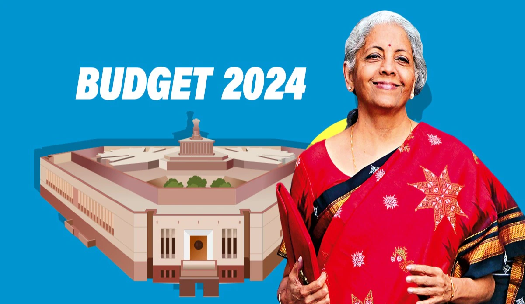National Board for Wildlife (NBWL)
- National Board for Wild Life is a “Statutory Organization” constituted constituted by the Central Government under Section 5A of the Wildlife (Protection) Act, 1972 (WLPA).
- It is India’s top-level advisory body to government on matters pertaining to wildlife conservation, particularly within Protected Areas.
- Theoretically, the board is “advisory” in nature and advises the Central Government on framing policies and measures for conservation of wildlife in the country.
- It is an apex body and has power to review all wildlife-related matters and approve projects in and around national parks and sanctuaries.
- The NBWL is chaired by the Prime Minister and its vice-chairman is union Minister of Environment and forest.
- The full board is supposed to meet at least once a year under the Chairmanship of the Prime Minister.
Composition of NBWL
- It has 47 members including the Prime Minister. Among these, 19 members are ex-officio members. Other members include three Members of Parliament (two from Lok Sabha and one from Rajya Sabha), five NGOs and 10 eminent ecologists, conservationists and environmentalists.
- Every new government constitutes a new board, based on the provisions of the WLPA, with the new PM as the chair.
Indian Board for Wildlife (IBWL) and National Board for Wildlife (NBWL)
- National Board for Wildlife (NBWL) is a statutory Board constituted on 22nd September 2003 under Section 5 of the Wild Life (Protection) Act, 1972.
- During 1952, the Government of India had constituted an advisory body designated as the Indian Board for Wildlife (IBWL) due to the rapid decline in wildlife population,
- The Indian Board for Wildlife was chaired by the Prime Minister.
- Since its inception, twenty-one meetings have been convened and several important decisions relating to conservation of wildlife has been taken by the Board.
- During the 1970’s the Government of India appointed a committee for recommending legislative measures and administrative machinery for ensuring environmental protection.
- Accordingly, a comprehensive central legislation was enacted in 1972 called the Wildlife (Protection) Act for providing special legal protection to our wildlife and to the endangered species of fauna in particular.
- The Wildlife (Protection) Act, 1972 has been amended, the latest being in 2006.
- As per the amendment of the Act in 2002, a provision was incorporated for the constitution of the National Board for Wildlife, replacing the Indian Board for Wildlife.
The functions of NBWL
- Primary function of the Board is to promote the conservation and development of wildlife and forests.
- No alternation of boundaries in national parks and wildlife sanctuaries can be done without approval of the NBWL.
- Deal with Environment impact assessment
- Recommendation on the setting of areas like a national park and wildlife sanctuaries and decide all the activities under protected areas.
- Frame policies for the protection of wildlife and prevent illegal trade and poaching. For altering the tiger reserves state needs approval from this body.
- Publish a report on the state of wildlife in India.
- It has the power to review all wildlife-related matters and approve projects in and around national parks and sanctuaries.
- No alternation of boundaries in national parks and wildlife sanctuaries can be done without the approval of the NBWL.
Standing Committee of NBWL
- The National Board may, at its discretion, constitute a Standing Committee under sub-section (1) of Section 5B of the Wildlife (Protection) Act, 1972 (WLPA).
- The Committee shall consist of the MoEFCC in charge as Vice-Chairperson, Member Secretary and not more than ten members to be nominated by the Vice-Chairperson from amongst the members of the National Board.
- The WLPA mandates that without the approval/recommendation of the NBWL, construction of tourist lodges, alteration of the boundaries of PAs, destruction or diversion of wildlife habitat and de-notification of Tiger Reserves, cannot be done.
- Several proposals seeking statutory approvals for such projects come up before the Standing Committee.
- Every proposal requires to be submitted by the State Government in the approved format with complete details (maps, field assessments, alternatives explored).
- It must also contain the clear opinion of the officer in charge of a PA, the Chief Wildlife Warden and the State Government in consultation with the State Board for Wildlife.
- The Standing Committee will then have to consider such proposals in accordance with the provisions of the WLPA.
- The provisions of the WLPA is that
- No person can destroy wildlife or divert the habitat of any wild animal without a permit and no such permit can be granted unless it is considered necessary for improvement and better management of wildlife therein. Government projects also come within the ambit of this provision.


